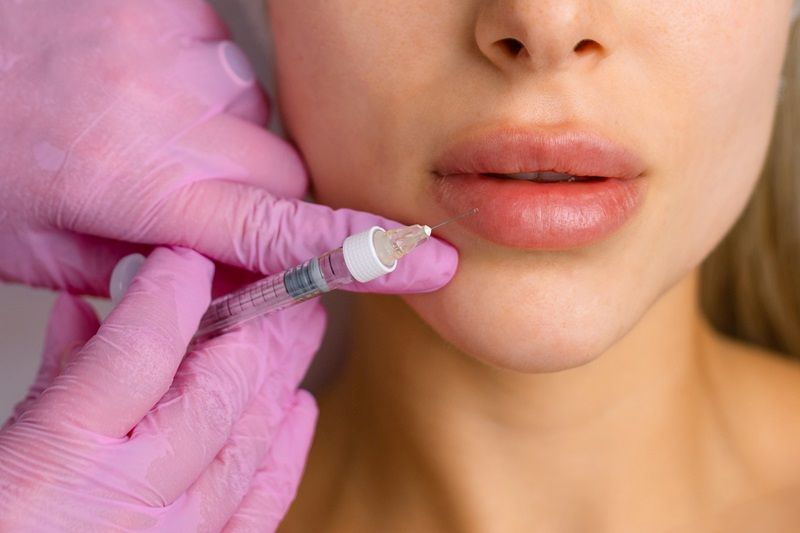News: New study reveals two subgroups of young people who self-harm – one with emotional and behavioural difficulties and a second group without those difficulties, but with different risk factors. It is possible to predict those individuals at greatest risk almost a decade before they begin self-harming.
Researchers at University of Cambridge aimed to identify subgroups of young people who self-harm and longitudinal risk factors leading to self-harm. They collected data from around 11, 000 participants from the Millennium Cohort Study. They used a clustering algorithm to identify subgroups who self-harmed at age 14 years and to know whether there were distinct profiles of young people who self-harm, with different emotional and behavioural characteristics. Then they used this information to identify risk factors from early and middle childhood.
Researchers identified two distinct subgroups among young people who self-harm, with significant risk factors present as early as age five, nearly a decade before they reported self-harming. The results published in the Journal of the American Academy of Child and Adolescent Psychiatry revealed distinguishing factors that appear alongside reported self-harm behaviour, such as low self-esteem and sleep difficulties, from those that precede it, such as bullying.
While the first group of young people showed a long history of poor mental health, as well as bullying before they self-harmed, the second group didn’t show the usual traits associated with self-harming behaviour.
The study has important implications for schools to implement anti-bullying measures, and educate children on good sleep and boost their self-esteem.
To Know More You May Refer To:
Stepheni Uh, Edwin S. Dalmaijer, Roma Siugzdaite, Tamsin J. Ford, Duncan E. Astle. Two Pathways to Self-Harm in Adolescence. Journal of the American Academy of Child & Adolescent Psychiatry, 2021; DOI: 10.1016/j.jaac.2021.03.010










Leave a Reply